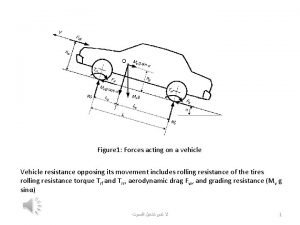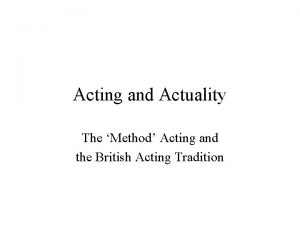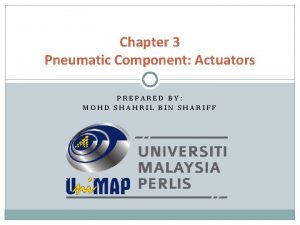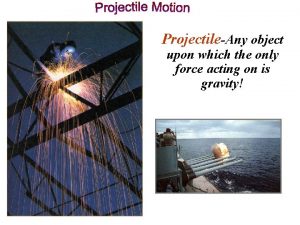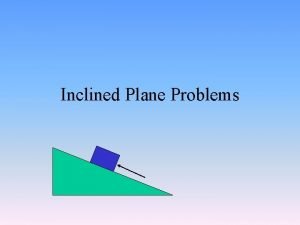Figure 1 Forces acting on a vehicle Vehicle







- Slides: 7

Figure 1: Forces acting on a vehicle Vehicle resistance opposing its movement includes rolling resistance of the tires rolling resistance torque Trf and Trr, aerodynamic drag Fw, and grading resistance (Mv g sinα) ﻻ ﺗﻨﺲ ﺗﺸﻐﻴﻞ ﺍﻟﺼﻮﺕ 1

When a vehicle goes up or down a slope, its weight produces a component, which is always directed to the downward direction, as shown in figure 5. Figure 5: weight components In vehicle performance analysis, only uphill operation is considered. This grading force is usually called grading resistance. The grading resistance, from Figure 5 , can be expressed as ﻻ ﺗﻨﺲ ﺗﺸﻐﻴﻞ ﺍﻟﺼﻮﺕ 2

The road angle, α, is usually replaced by grade value when the road angle is small. The grade is defined as In some literature, the tire rolling resistance and grading resistance together are called road resistance, which is expressed as When the road angle is small, the road resistance can be simplified as Dynamic Equation In the longitudinal direction, the major external forces acting on a two-axle vehicle, include the rolling resistance of front and rear tires Frf and Frr, which are represented by rolling resistance moment Trf and Trr, aerodynamic drag Fω, grading resistance Fg (Mv g sinα), and tractive effort of the front and rear tires, Ftf and Ftr. Ftf is zero for a rear-wheel-driven vehicle, whereas Ftr is zero for a front-wheel-driven vehicle. The dynamic equation of vehicle motion along the longitudinal direction is expressed by ﻻ ﺗﻨﺲ ﺗﺸﻐﻴﻞ ﺍﻟﺼﻮﺕ 3

where d. V/dt is the linear acceleration of the vehicle along the longitudinal direction and Mv is the vehicle mass. By summing the moments of all the forces about point R (center of the tire– ground area), the normal load on the front axle Wf can be determined as Similarly, the normal load acting on the rear axle can be expressed as For passenger cars, the height of the center of application of aerodynamic resistance, hω, is assumed to be near the height of the center of gravity of the vehicle, h g. ﻻ ﺗﻨﺲ ﺗﺸﻐﻴﻞ ﺍﻟﺼﻮﺕ 4

where rd is the effective radius of the wheel. ﻻ ﺗﻨﺲ ﺗﺸﻐﻴﻞ ﺍﻟﺼﻮﺕ 5

where Ft=Ftf + Ftr is the total tractive effort of the vehicle and Fr is the total rolling resistance of the vehicle. where fr is the coefficient of the rolling resistance, coefficient of road adhesion μ. For a rear-wheel-driven vehicle, ﻻ ﺗﻨﺲ ﺗﺸﻐﻴﻞ ﺍﻟﺼﻮﺕ 6

H. W A front wheel drive vehicle is moving up a 10ᵒ grade. The total mass of the vehicle and passengers is 3000 kg. The wheelbase is 3. 3 m, the center of gravity is 1. 2 m from the center of front wheel and 0. 7 m from ground surface. The tires used in the vehicle are (P 225/60 R 17) the effective wheel radius is 85% of the real radius. The rolling resistance coefficient is 0. 024 and the road adhesion is 0. 85. Find The maximum torque required on the wheels. ﻻ ﺗﻨﺲ ﺗﺸﻐﻴﻞ ﺍﻟﺼﻮﺕ 7
